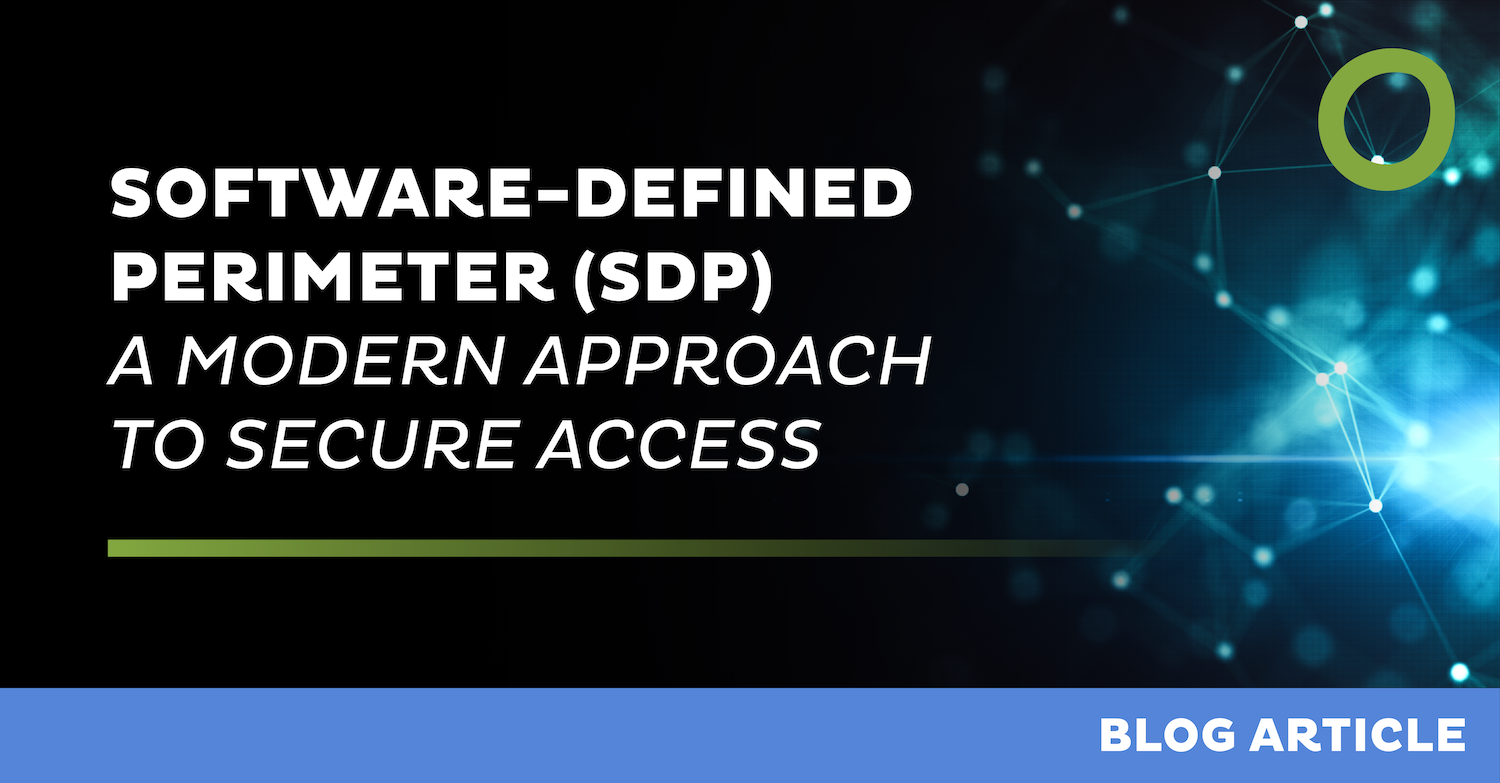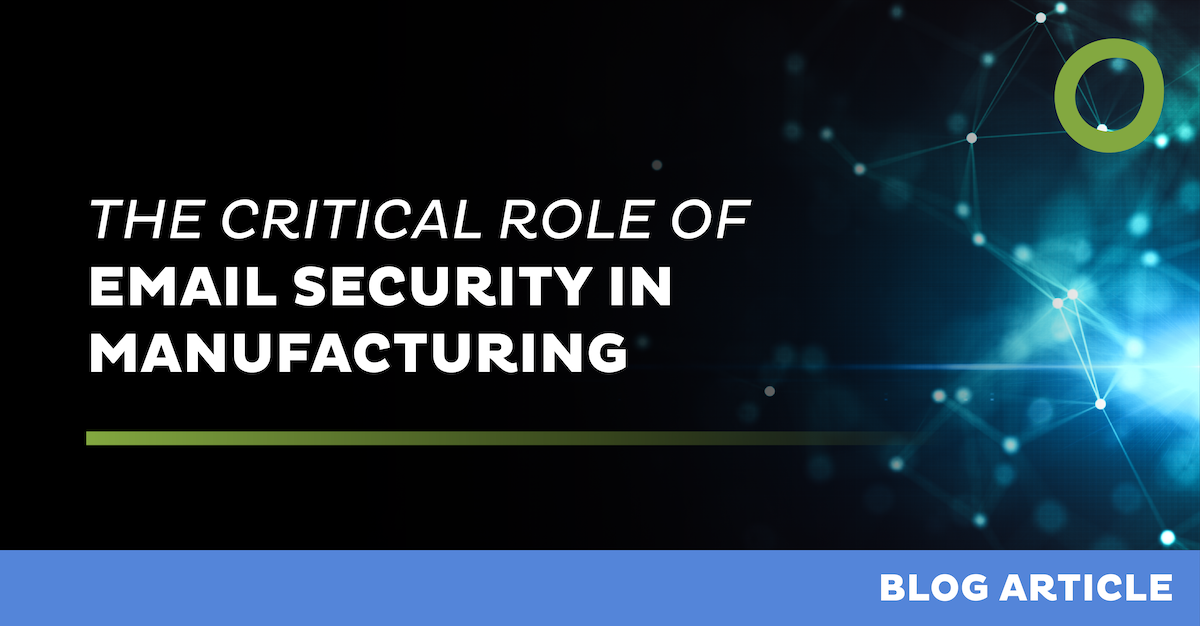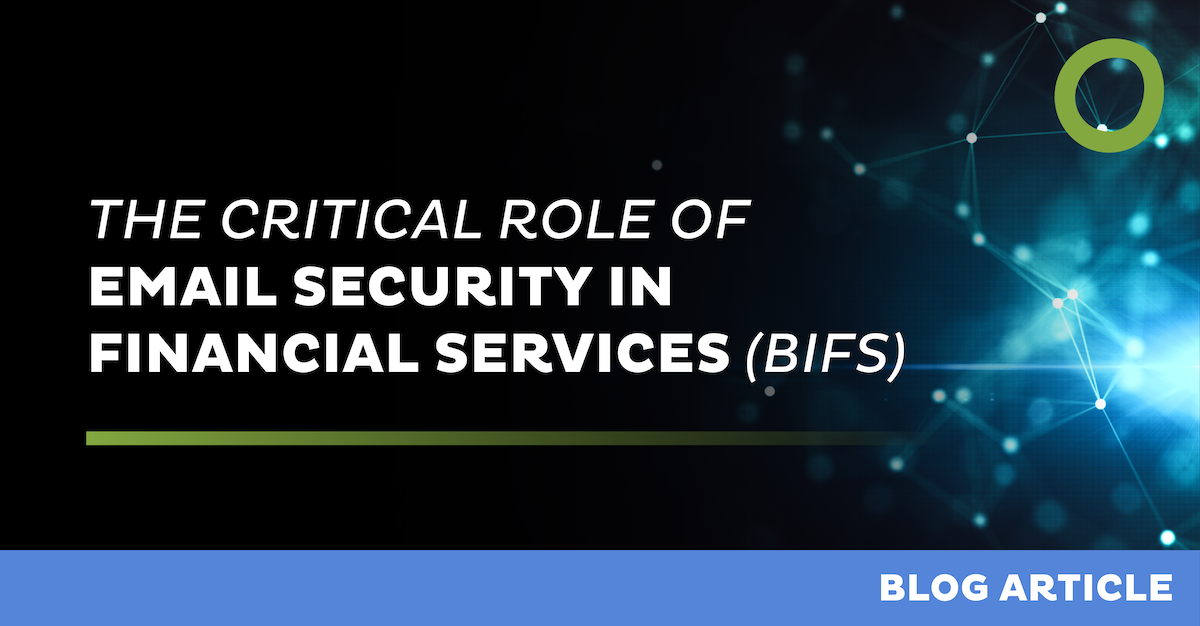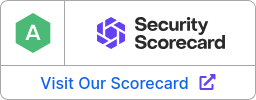
Email Security Showdown: ICES vs. SEG

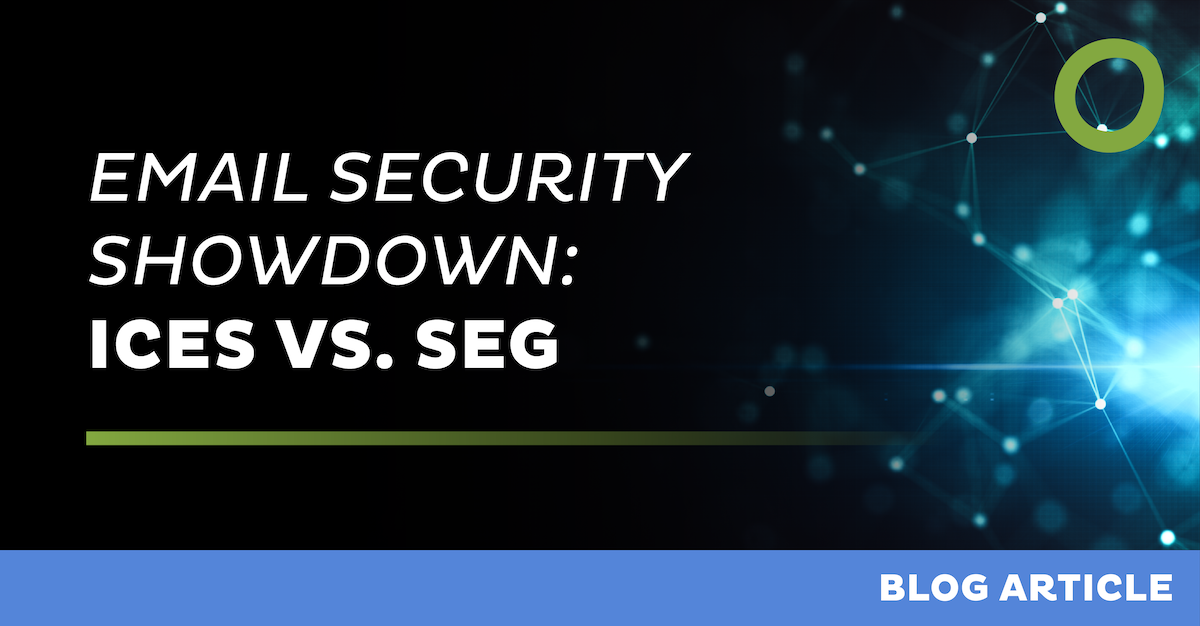
Which One Protects You Better?
In the evolving landscape of email security, Integrated Cloud Email Security (ICES) solutions are often heralded as the modern alternative to traditional Secure Email Gateways (SEGs). Especially ICES providers often portray SEG as outdated and less effective. But is that really the case? Let’s take a step back from all the noise and objectively compare these two models to understand their strengths and limitations.
Defining ICES and SEG
- ICES: Coined by Gartner® in 2021 , ICES refers to API-based integrations with cloud email providers like Microsoft 365 and Google Workspace. ICES tools monitor mailboxes post-delivery and can perform remediation actions after an email has landed.
- SEG: A Secure Email Gateway sits in the mail flow, intercepting email traffic before it reaches the inbox. This architectural position allows SEG to perform pre-delivery inspection, filtering and blocking threats before the user sees them.
Let’s be clear: the distinction here is fundamentally architectural, not about AI or machine learning. While many ICES vendors have adopted modern detection techniques, those techniques are not exclusive to the ICES model. SEG solutions—especially modern, cloud-native ones—also use AI, machine learning, NLP, and even computer vision. The difference lies in when and how the threat is intercepted.
The ICES Architecture: Pros and Cons
ICES does bring some operational benefits:
- Faster and easier deployment – No need to change MX records or reroute mail traffic.
- Post-delivery remediation – Allows SOC teams to access user inboxes and remove malicious emails after delivery.
- Internal email visibility – Can inspect internal traffic, which is typically outside the scope of SEG.
However, these benefits come with major limitations:
- No visibility before delivery – ICES only sees the email after it’s been delivered to the user’s inbox. Any detection happens post-delivery.
- Latency in threat removal – In practice, even the fastest ICES tools can take several minutes to identify and remove a malicious message. During that window, users may open or interact with it.
- Dependence on the cloud email provider – ICES relies entirely on Microsoft 365 or Google Workspace to handle the actual email transport, including SMTP-level analysis and rejection.
The Case for SEG: Still Relevant, Still Powerful
The SEG model may not be fashionable, but it offers advantages that ICES simply can’t:
- Pre-delivery protection – Emails are scanned before reaching the user’s inbox, minimizing exposure to threats.
- Mail flow control / policies – Because SEG sits in the path of the email, it can enforce routing, throttling, and SMTP-level policies that ICES can’t touch. Organizations can define specific rules and policies tailored to their security needs.
- Proven protection – SEGs have a long track record of reliably blocking phishing, malware, and spam at scale.
Yes, SEG is more complex to deploy—it often requires MX record changes and architecture planning. But that complexity comes with the benefit of true proactive protection.
Limitations of SEG
- Deployment – Implementing a SEG requires changes to mail flow, which can be time-consuming and complex.
- Reduced Visibility – SEGs primarily focus on inbound and outbound emails, lacking insight into internal communications.
- No access to user inboxes – SEG alone does not offer access to user inboxes and thus doesn’t allow post-delivery remediation like ICES does. Some SEG provider offer this capability on top.
Don’t Fall for the “ICES is the Successor of SEG” Argument
Many ICES vendors claim superiority based on buzzwords like “contextual AI” and “behavioral detection.” But again, this is not a feature of ICES itself—it’s a feature of that particular vendor’s detection engine. Modern SEG providers use the same or better detection techniques. AI is not exclusive to ICES solutions.
In fact, combining modern AI detection with pre-delivery blocking (as SEG does) is arguably safer than using the same AI post-delivery (as ICES does), where speed is critical and any delay could mean user exposure.
The Verdict
So, is ICES the better or more modern solution? Architecturally, it’s more recent—but that doesn’t automatically make it better. If your priority is reducing user exposure to threats, SEG still offers critical advantages through its position in the mail flow.
The best approach? Use a SEG for pre-delivery filtering, and complement it with API-based inbox visibility for post-delivery remediation when needed. Don’t trade actual protection for a slightly easier deployment. Not as along as email remains one of the biggest cybersecurity vulnerabilities.
Leave Complexity
Behind
To learn how Open Systems SASE Experience can benefit your organization, talk to a specialist today.
Contact Us
